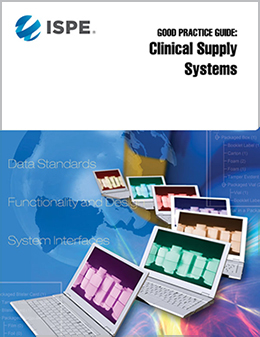Good Practice Guide: Clinical Supply Systems

Published: March 2014
Pages: 118
Currently there are no standards or guidelines for system functionality that manage Investigational Medicinal Products (IMPs). Lack of standards for data and functionality has resulted in varying terminology, data formats, and controls which can often make the selection, use, or interfacing of systems challenging.
The ISPE Good Practice Guide: Clinical Supply Systems provides a detailed discussion of important areas of clinical supply system functionality, touching on key business requirements to assist interested parties with developing customized clinical supply applications or assessing commercial off the shelf systems for implementation. Examples and requirements for interfacing clinical supply systems involved in the management of IMPs with other internal or external systems are provided.
The Guide also contains a list of proposed standard data terminology, along with frequently used equivalent terms, definitions of the data terms, and data formatting standards.
This Guide is intended to be useful for persons with a foundational background in clinical supplies, who are involved in evaluating or designing clinical supply systems which meet operational, quality and regulatory requirements.
This Guide may also be useful to personnel in smaller biopharmaceutical organizations to assess the systems that their suppliers use to support the clinical supply services they provide.
This Guide also aims to help companies adopt common data standards to make working across company boundaries more seamless.